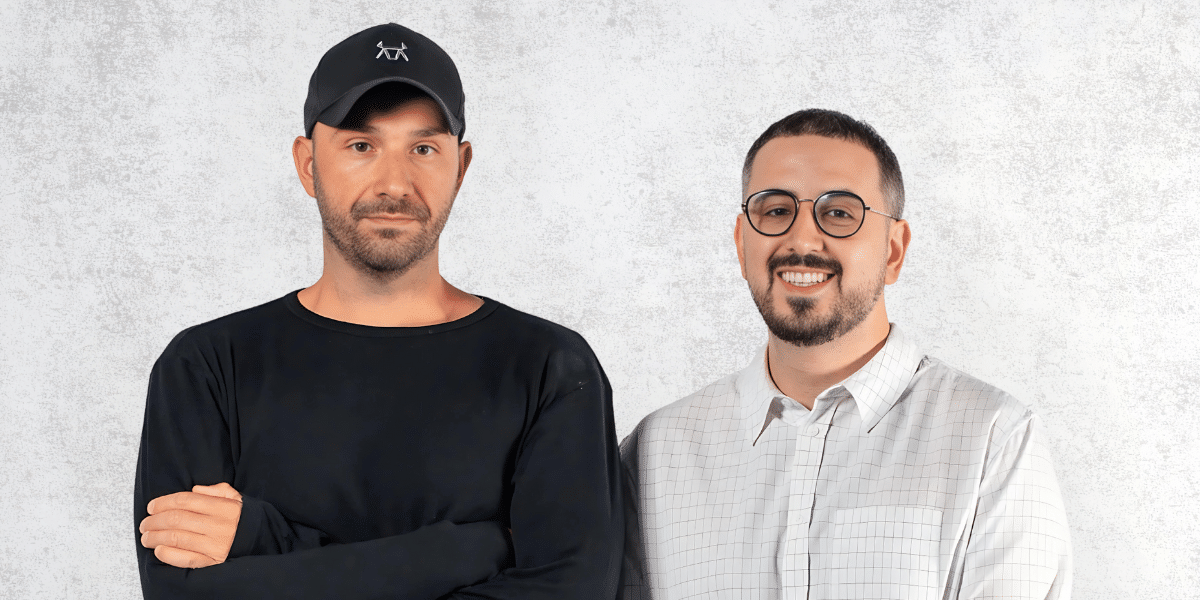Image Commercially Licensed From: Unsplash
Lynne Henderson, PhD., is the founder of the Social Fitness Center, and founder and co-director, with Philip Zimbardo, of the Shyness Institute, both in California. Grace Burton at US Insider caught up with Dr. Henderson and spoke with her about shyness and her new workbook called The Shyness Workbook.
Grace Burton: What does it mean to be shy?
Lynne Henderson: Shyness is generally seen as a fear of negative evaluation that is strong enough to interfere with reaching out for friendships, romantic relationships and work opportunities.
Grace Burton: Is there a difference between shyness and being socially anxious?
Lynne Henderson: Socially anxious refers to an emotional state. Shyness often is seen as a personality trait involving social avoidance and lack of self-assertion.
Grace Burton: What’s the difference between being shy and being introverted?
Lynne Henderson: Introverts are not overly concerned with negative evaluations. They just prefer a few friends rather than many of them, as extroverts do.
Grace Burton: Is there such a thing as a shy extrovert?
Lynne Henderson: Yes. They prefer being social, but need to push themselves to participate. Often, from the outside, you can’t tell that they are feeling shy.
Grace Burton: Who is The Shyness Workbook for?
Lynne Henderson: The Shyness Workbook is for people who want to reduce their shyness. It helps them construct goals for their work with shyness based on their values and think about what behaviors they want to increase, like making conversation, and decrease, like avoidance. They can assign themselves homework, such as having a brief conversation with a cashier at a coffee shop. These can be as simple as, “how is your day going?” When we feel shy, we can easily forget that these warm greetings can make a person’s day. The book also covers shame in shyness: the truly debilitating emotion in shyness. We can get stuck in self-blame and shame and withdraw and ruminate when we feel shame, thereby increasing our resistance to growth and change.
Grace Burton: In The Shyness Workbook, you say that shyness has evolved as an emotion over thousands of years and can be helpful in some circumstances. When can shyness be helpful?
Lynne Henderson: Shyness can be helpful as a way to ‘case the joint’ when arriving at a party or meeting. It can be a way to look for people who are warm and friendly to approach and who are more likely to pull you into a small conversational group.
Grace Burton: Why do some people who are shy seem snooty?
Lynne Henderson: When we feel shy, our faces can look a bit deadpan or neutral, and people can mistake that as “snooty.” This can be hard on someone who feels shy because it doesn’t occur to them that someone might be afraid to approach them. They often don’t notice their own attractiveness.
Grace Burton: How can people who feel shy push themselves to be “out there”? Is this the best approach?
Lynne Henderson: A shy person can make a list of situations they want to enter to practice new behavior. Avoidance is tempting. Assigning oneself one piece of homework every day and then acknowledging its completion with warm words or some kind of reinforcement, perhaps a cup of coffee or tea or a favorite chocolate. Another thing that can be very helpful is to practice role-playing new behaviors with family members or close friends. You can even use a mirror to practice what you want to say in a meeting or to someone in an important conversation.
Grace Burton: How can you get over being shy at work?
Lynne Henderson: By refusing to let yourself avoid participating at work meetings and with colleagues. Choose warm and friendly people as mentors. Focus on collaboration and cooperation. Try to release the belief that you need to perform or that someone has to lose.
Grace Burton: It may seem unusual to some, but there are very effective shy leaders. Why is it a good thing if you work for one?
Lynne Henderson: An interview study we conducted with people who were known to be outstanding leaders in their fields and who also said that they were shy, revealed that shy leaders tended to lead from behind, empower their people and let them take the spotlight, and were very good listeners. Who would you prefer to work for?
Grace Burton: What if someone is having a hard time asking someone for a first date? Or volunteering to do a presentation? What do you recommend they do?
Lynne Henderson: Do what you are afraid to do. It is only avoidance that makes things worse. Let go of believing that social behavior needs to be perfect. “Perfect” people are intimidating, and people pull away. It is all about giving each other the warmth and friendship we need. Remember that negative automatic thoughts are part of everyone’s life. Ask for advice when you need it. You can acknowledge it when you are a bit nervous. That is flattering to the first date, and audiences are kind to nervous speakers.
Grace Burton: What is the Compassionate Mind Approach?
Lynne Henderson: Compassion-focused therapy is based on the work of Paul Gilbert. He describes the threat system, the drive system and the soothing system. We can learn to develop an internal soothing system to calm our threat system when we are socially anxious through guided meditations and exercises. The Shyness Workbook contains these exercises.
Grace Burton: How do we develop self-compassion?
Lynne Henderson: We develop self-compassion through graduated meditations and mental and emotional exercises. We learn to talk to ourselves with compassionate voices, and we practice treating ourselves with compassion.
Grace Burton: You are the co-director of the Shyness Institute in California. What drew you to this line of work, and what does the institute do?
Lynne Henderson: I directed a shyness clinic in Palo Alto, CA for 25 years combining Philip Zimbardo’s research on shyness and my clinical expertise. I loved doing group psychotherapy and met Phil at a talk he gave. Soon afterward, he asked me to direct the clinic. The Institute is a non-profit to support our research.
Probably, what also drew me to this work is a longstanding interest in group psychotherapy and the importance of people expressing their voices, that is, their own thoughts and feelings. Years ago, I was facilitating a master’s level trainees group at San Jose State while I was still in training myself and had a knack for helping people identify their internal processes and express them. I also really liked the shy population. They were kind, supportive and respectful toward each other in the group and volunteered to be in others’ role-plays. We called the role-plays exposures because they were exposing themselves to the feared stimuli in the role-plays.
Grace Burton: Is there anything else you would like to share with our readers?
Lynne Henderson: I think this covers it pretty well.
About Lynne Handerson:
Lynne Henderson is a licensed clinical psychologist with over forty years of experience. She founded the Social Fitness Center, and is founder and Co-Director, with Philip Zimbardo, of the Shyness Institute. She was a visiting scholar in the Psychology Department at Stanford University for thirteen years, a lecturer for five years, and a faculty member in Continuing Studies. Dr. Henderson also served as a Consulting Associate Professor in Counseling Psychology for ten years. She directed the Shyness Clinic in Palo Alto for twenty-five years and conducted research and shyness groups at the Stanford Counseling Center. Her research interests include translating the results of social psychology and personality theory into clinical work, specifically, the negative stereotyping of shyness, the influence of personality variables and cultural influences on interpersonal perception and motivation, the leadership styles of shy leaders, and compassionate social fitness. She is the author of The Shyness Workbook.






